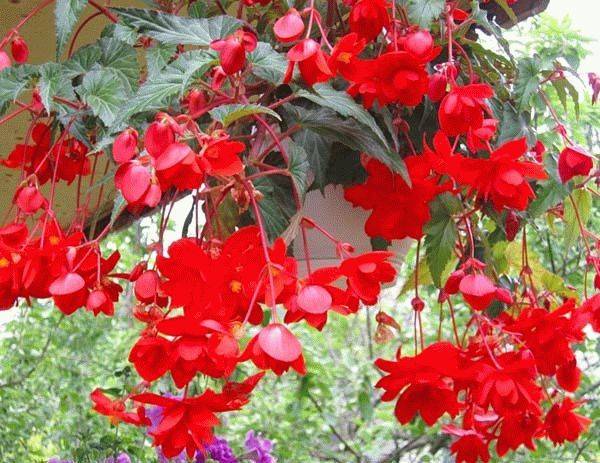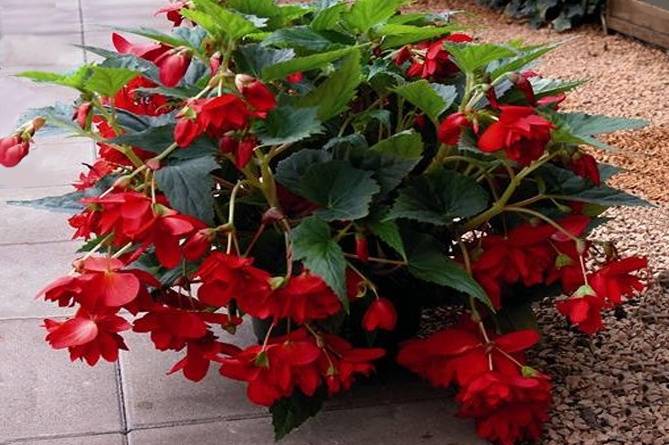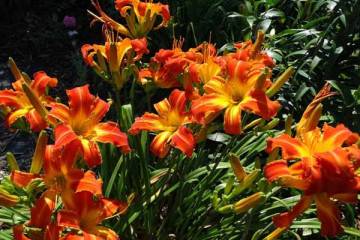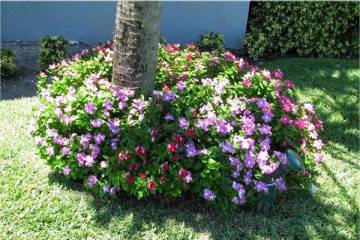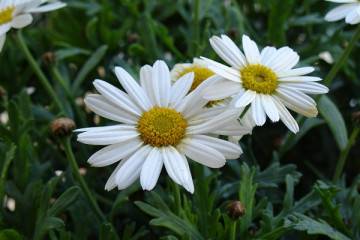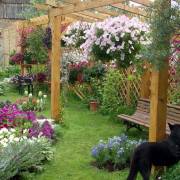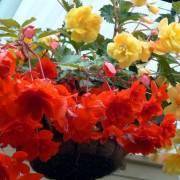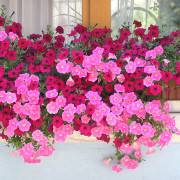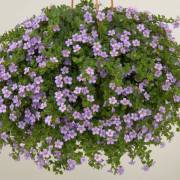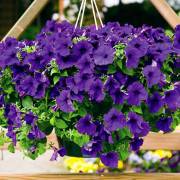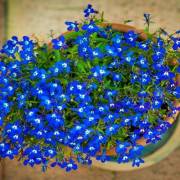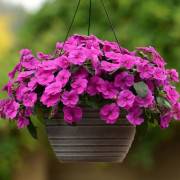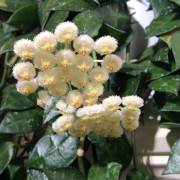Ampel begonia - planting and care in the open field
Ampelous begonia is considered a very beautiful plant. The culture is grown by many gardeners as it can be used to decorate window sills, gardens and gazebos. Today, many species and varieties of this plant are known.
Description of ampelous begonia
This plant is very popular with flower growers. It can be grown at home or in the garden. In this case, the culture is not planted in open soil. Most often, the plant is placed in hanging flowerpots, baskets or pots.
Ampel begonia: planting and care in the open field
It is recommended to plant the plant in late winter or early spring. At this time, the crop begins its growing season. If this is not done in time, flowering will begin only in August.
Also, the culture can be propagated by seeds. In this case, special training is required. Germination is carried out in a warm room.
The choice of container for planting is of no small importance. The pot should be small. It is advisable to choose a clay container that has a drainage hole at the bottom. The soil in the pot should not be cold or damp.
Planting crops should be very careful. You should not press or press on it, since the planting material is very fragile. After planting is completed, the bush must be watered. However, it is important to do this in moderation.
In order for the tuberous ampelous begonia to develop well, planting and care must be carried out correctly. This plant needs bright sunlight. Moreover, it should not be scorching. Otherwise, there is a risk of burns on the leaves. It is best to place the culture on the southern windowsill. The flower should be placed on a high stand or hung in a planter.
Glazed terraces, balconies and loggias will be an excellent option for growing begonias.
Usually, a slightly acidic soil is used for the plant. To prepare the soil, you need to mix sand, deciduous soil and sod in equal parts. To avoid the development of fungal infections, the soil must be calcined in the oven. This is done within half an hour.
Begonia requires loose soil that is breathable and contains many nutrients. If it is not possible to make the substrate yourself, you can buy it at the store.
For a crop to be successful, it needs to create the right conditions:
- optimal temperature parameters are 18-22 ° С. Moisture readings should be 50-70%. To preserve the culture during the wintering period, the temperature is lowered to 15 ° C. In this case, it is important to observe the condition of the plant. Fungal infections most often develop in moist and cold soil;
- from 11.00 to 15.00, culture needs sunlight. In winter, you have to use additional sources of lighting;
- watering the soil should be moderate. In hot weather, you need to water the bush daily. In winter, the plant needs minimal moisture;
- from spring to autumn, the culture should be fed. During the flowering period, it is important to apply fertilizers with potassium and phosphorus. Use organic products twice a year. During the rest period, feeding is not required;
- as necessary, remove wilted flowers, loosen the soil, spray and wipe the leaves from dust.
Plant varieties
The most popular among florists are the following varieties.
Ampelous pink begonias
The most popular varieties of ampelous pink begonias:
- Alcor. The plants have fleshy shoots and bright emerald leaves. Flowering lasts from May to October. The leaves are similar to camellia. The color of the central part of the bud is light pink, and along the edges is salmon;
- Pink. The bush reaches a height of 30 cm. The flower has thin stems and light leaves. The buds are small in size and rich pink color.
Begonia ampelous Mix
This is an interesting hybrid variety. Mix begonias are characterized by medium bushes and double inflorescences. They are of different colors. The culture is distinguished by long flowering and ease of maintenance.
Ampelous white begonias
Popular white begonias include:
- Illumination White. During the flowering period, the bushes are covered with many double flowers. The root system of the plant is tubers. Also, the culture is characterized by long and thin stems and asymmetric leaves;
- Lapland. Flowers can be double or semi-double. They have a snow-white color and reach a diameter of 6-8 cm. In shape, the inflorescences resemble camellia. The roots are tubers. The bushes have 5-8 hanging stems, which reach 30-45 cm in length.
Begonia ampelous yellow
The yellow culture is a semi-shrub 40-50 cm high. It is characterized by recumbent shoots and a thick rhizome. The cuttings are covered with down. Large leaves reach 20 cm in length and 15 cm in width. They have pointed tips and jagged edges.
The flowers are dull yellow in color. The Margarita variety looks very impressive. It is characterized by lush flowering.
Begonia Golden Balconi ampelous
In height, this culture reaches 25 cm. Begonia Golden Balconi ampelous has yellow and orange inflorescences. They reach 13-15 cm in diameter. The flowers have a pleasant aroma. They bloom from May to October. This variety can be planted in a well-lit or slightly shaded area.
Begonia ampelous Venus F1
Long stems are characteristic of this culture. Flowering continues until the coldest days. The flowers have a double structure and a white-pink color. In a variety called Venus, the inflorescences reach 6 cm in diameter.
Begonia ampelous red
There are many varieties of red begonias. Many of them look very impressive and resemble roses:
- Carmen. This variety is characterized by stems hanging down, the length of which reaches 40 cm. The culture has dark red inflorescences. It is used to decorate terraces, verandas, gazebos;
- Belleconia Elserta. This terry begonia has excellent disease and pest resistance. It is characterized by lush flowering and long hanging shoots;
- Santa Cruz Sunset. The stems of the plant reach 40 cm. The flowers have an orange-red hue and resemble fuchsia.
Begonia bolivian ampelous
This variety was discovered back in 1864 in Bolivia. This plant is characterized by a root system in the form of tubers. It comes from a species that grows on rocks. The crop is considered to be very sensitive to moisture and cold.
The optimal daylight hours should be 14 hours.At the same time, Bolivian ampelous begonia can grow at a temperature of 13 ° C.
Important!This variety has certain differences in care. To obtain abundant flowering, it must be planted in a permanent place as late as possible.
Tuberous ampelous begonia
This crop can be grown at home or outdoors. Tuberous ampelous begonia is planted with stem cuttings. This allows you to preserve the original cultural characteristics. It can also be grown by the seed method.
Begonia ampelous Chanson
This culture is characterized by 5-8 stems. Their height reaches 40 cm. The culture has double and semi-double inflorescences. They are 6-8 cm in diameter.
Begonia ampelous Scarlett
The culture reaches 20-30 cm in height. It is characterized by lanceolate leaves with jagged edges. The flowers are large and double. Scarlett begonias are characterized by different shades - white, yellow, red.
Begonia is a spectacular crop that is suitable for growing in a wide variety of conditions. To achieve lush and abundant flowering, the plant must be properly cared for.



